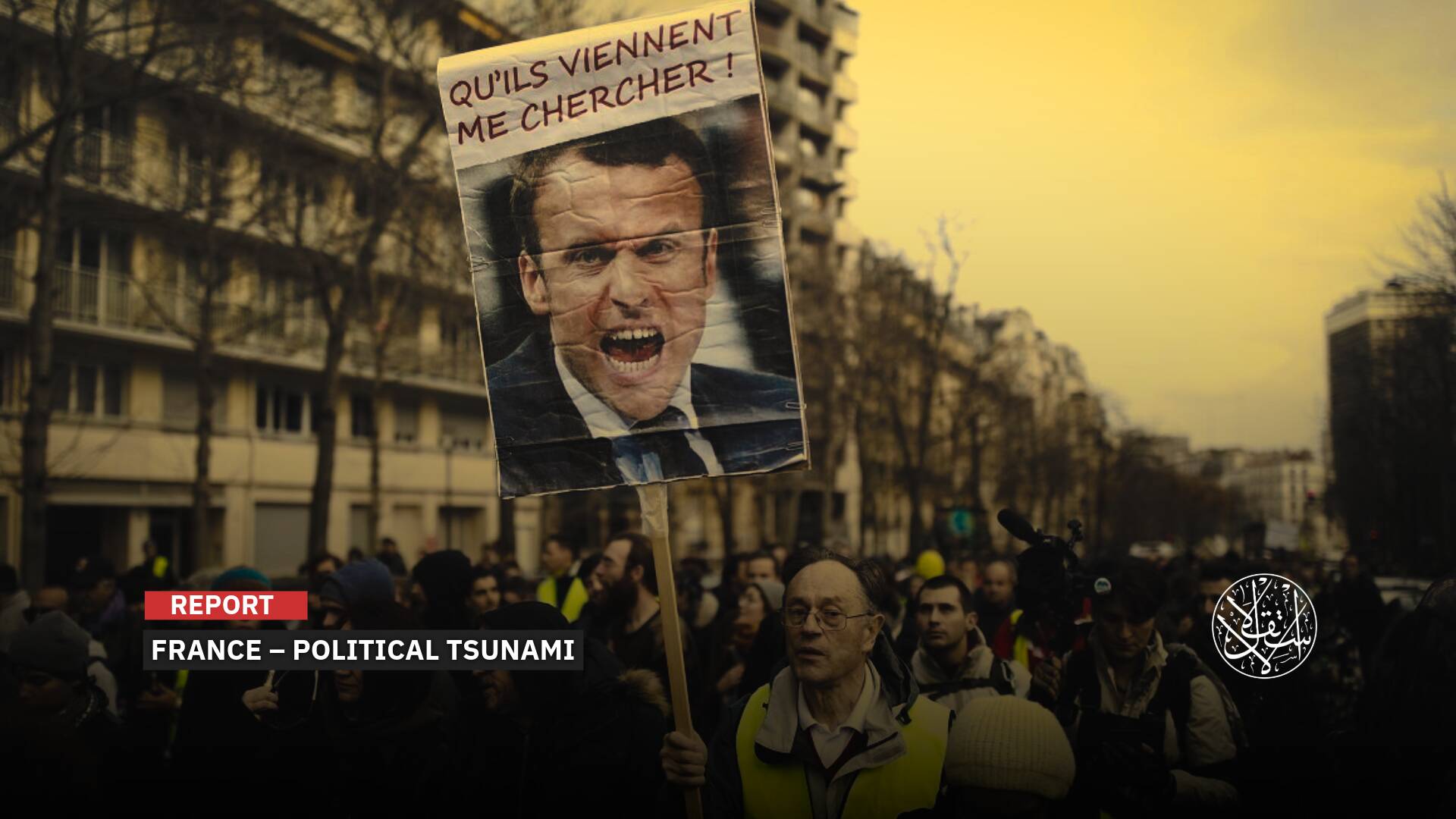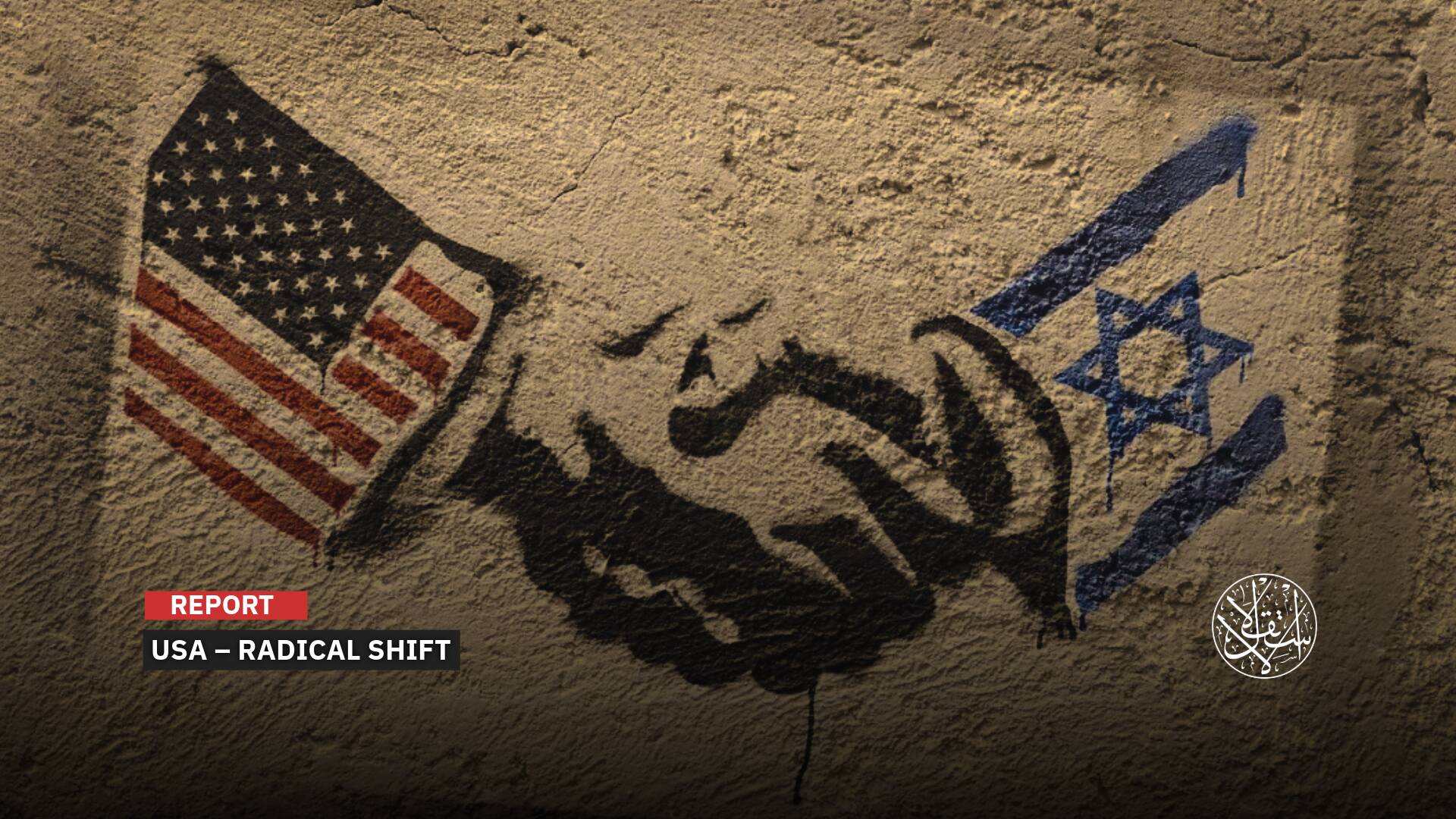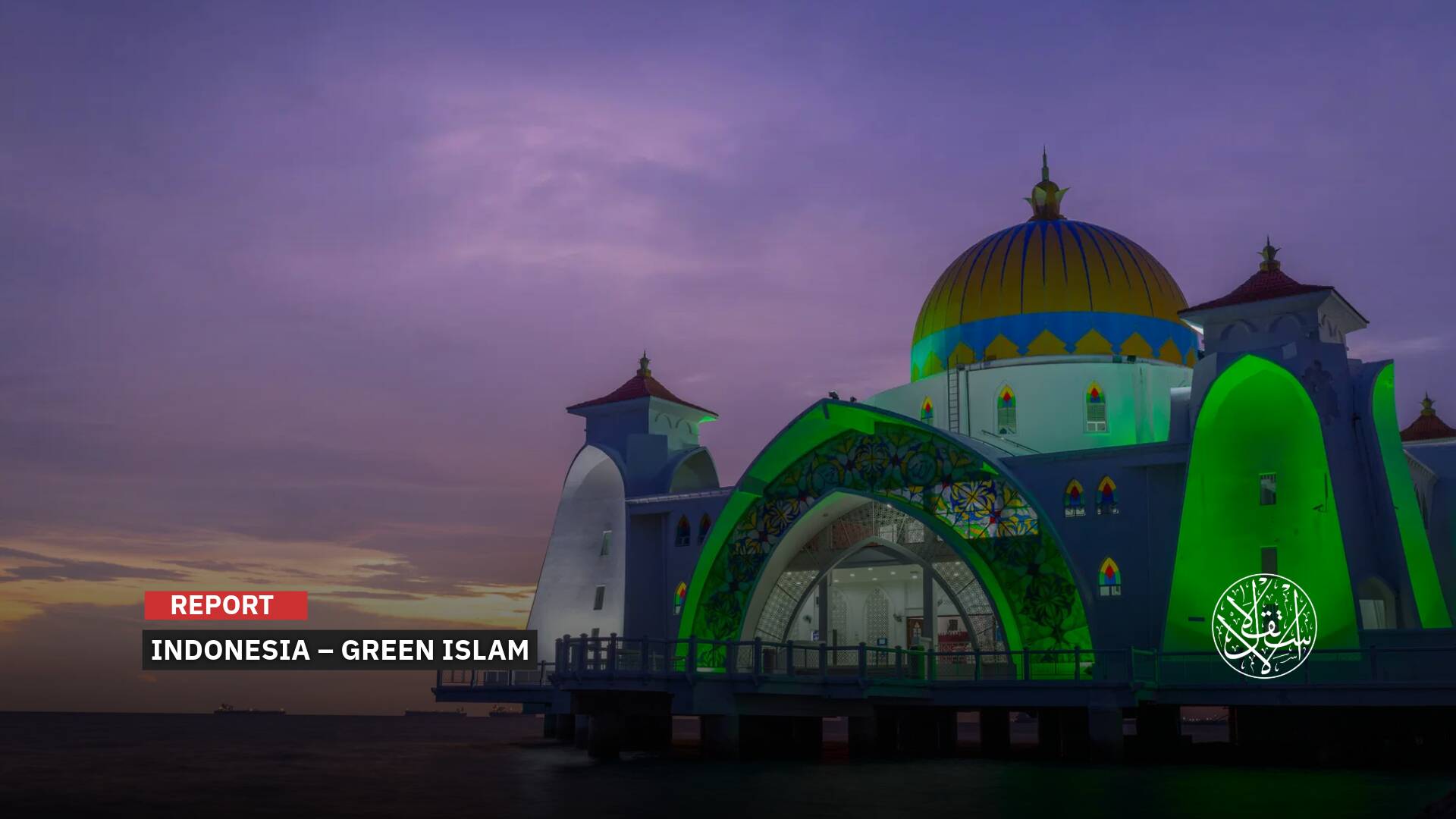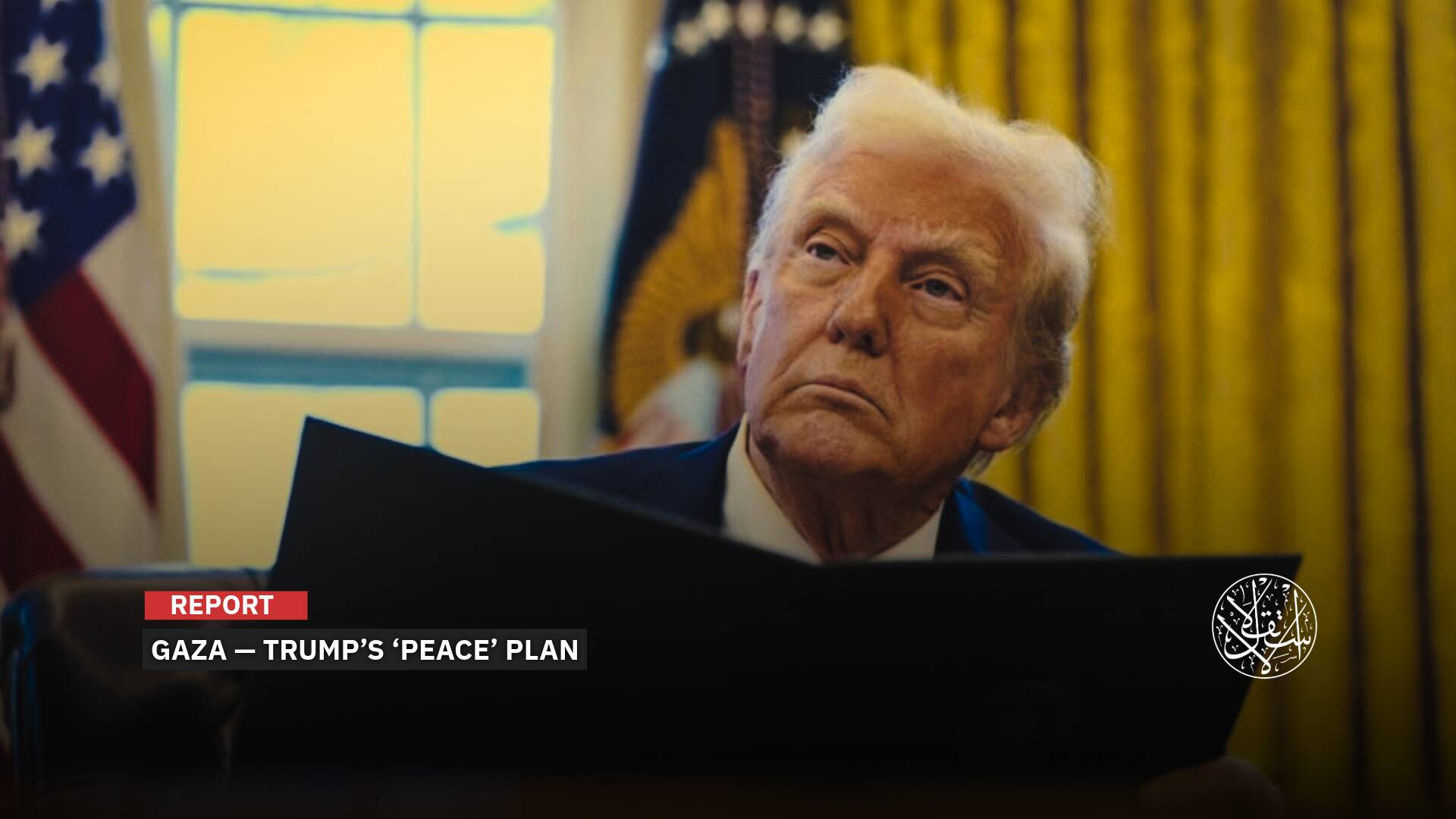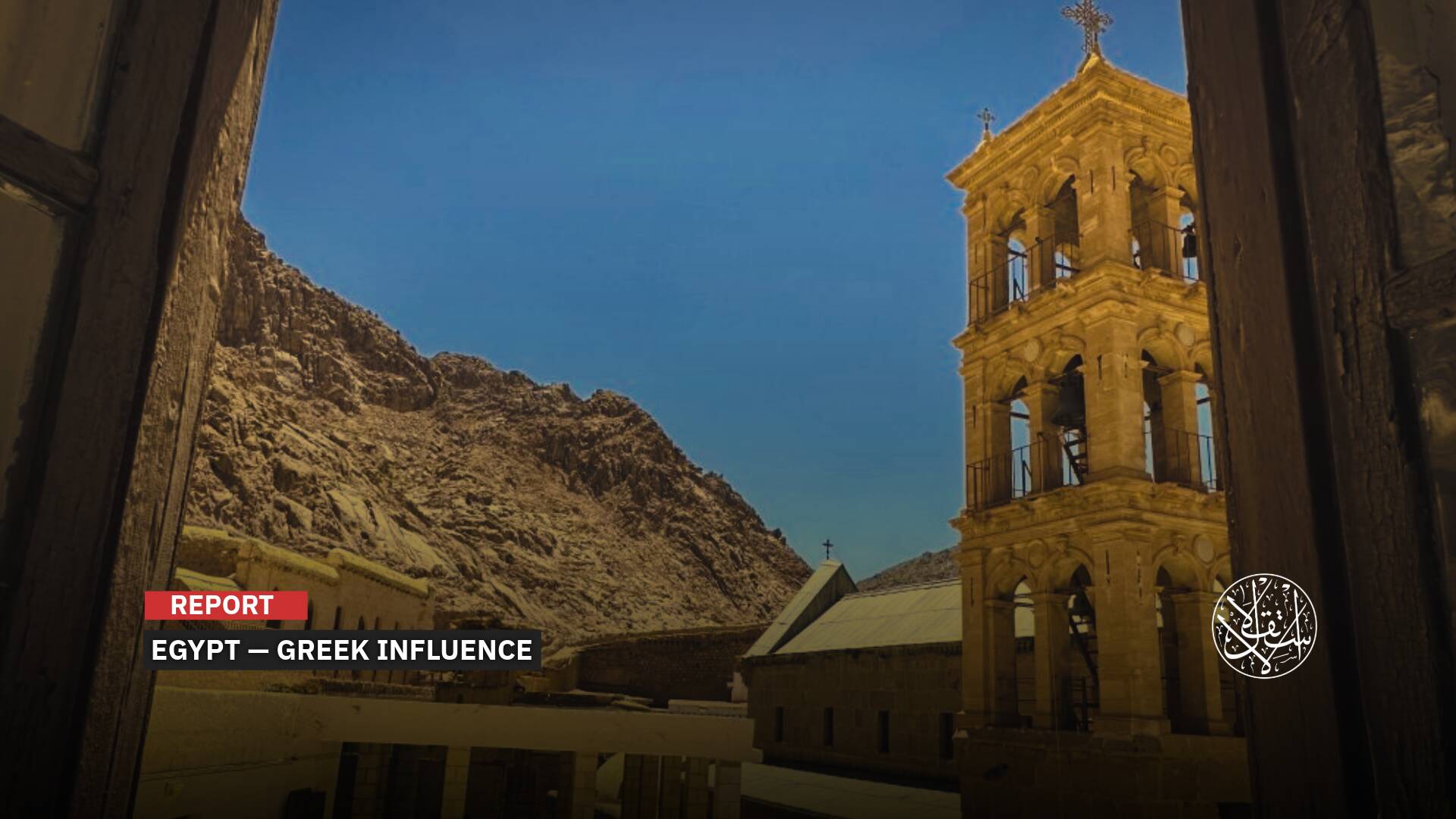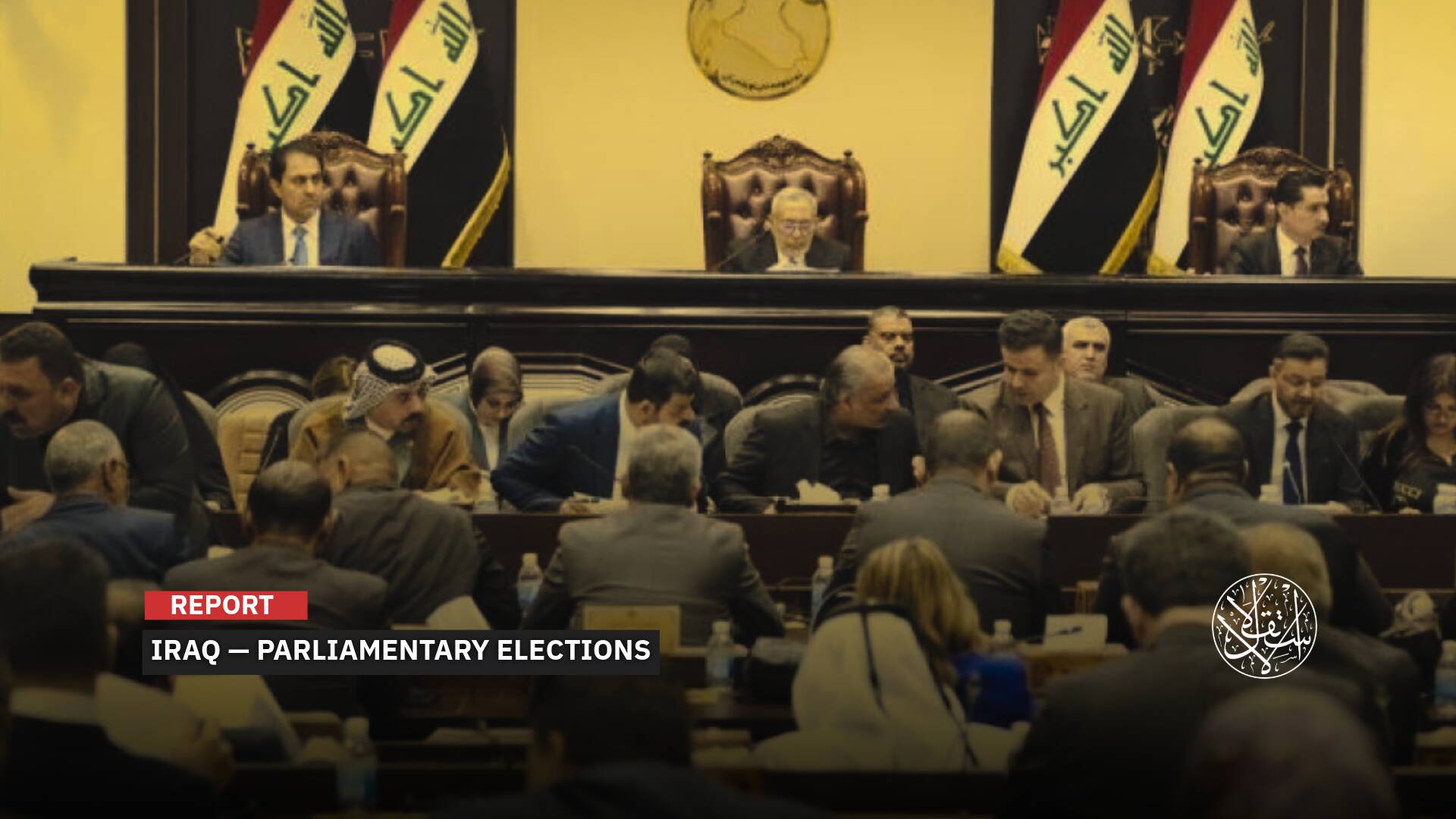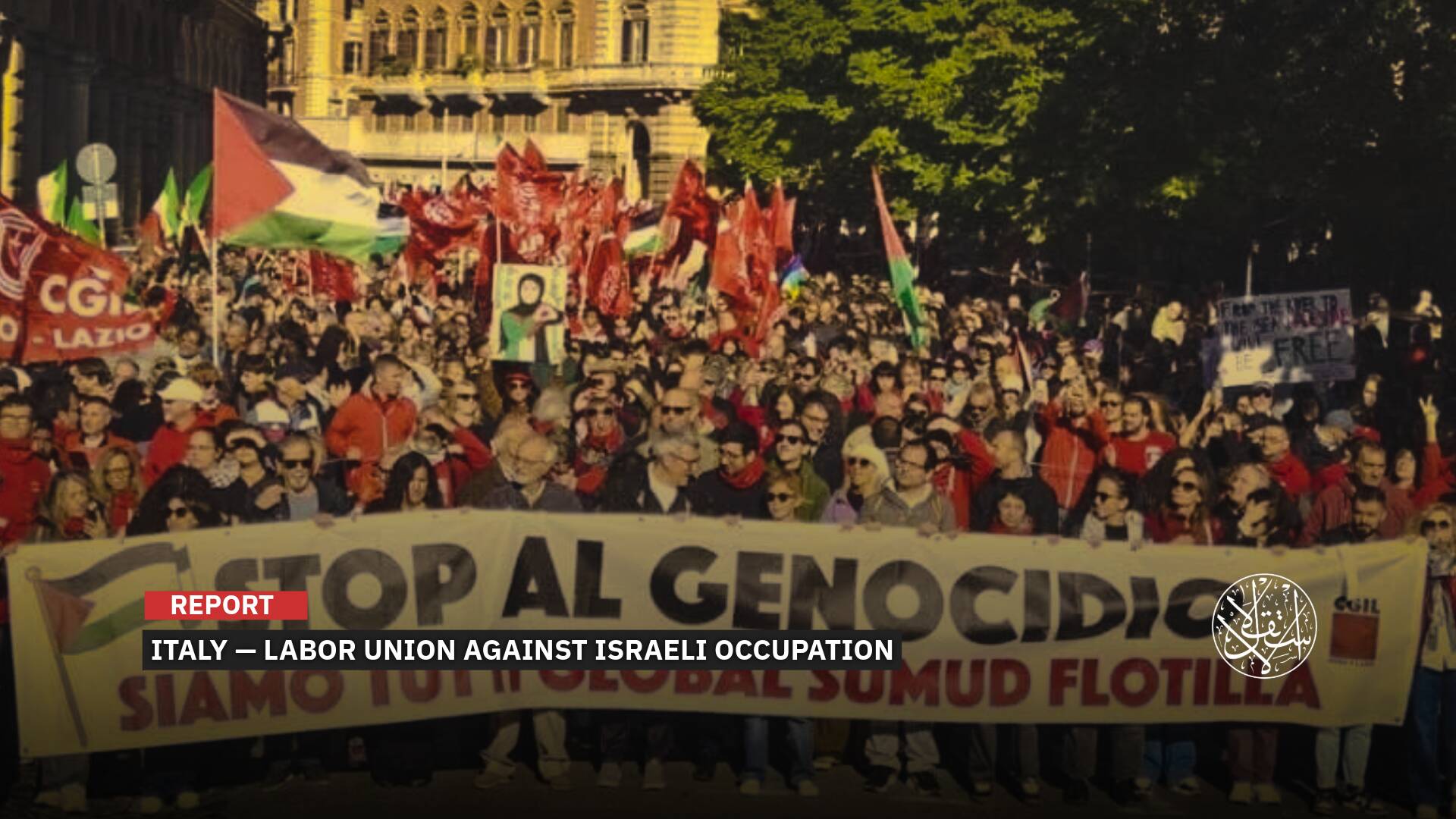Israeli-Iranian Tensions: Calculated Attacks or a Dangerous Regional Turning Point?

“Iran launched Operation True Promise III in response to Israel’s strikes under Operation Rising Lion.”
In a surprising development in their traditional conflict, “Israel” recently launched a series of extensive strikes targeting nuclear and military sites inside Iran, including uranium enrichment facilities, ballistic missile factories, and the headquarters of senior military leaders.
“Israel” described its attacks as the first step in a long-term campaign to prevent Tehran from acquiring a nuclear weapon, while Iran denies that its uranium enrichment activities are part of a secret weapons program.
In turn, Iran’s Supreme Leader Ali Khamenei promised “Israel” a crushing response that would make it regret its attack, while “Israel” declared a state of emergency in anticipation of possible Iranian retaliatory attacks.
However, its response this time was swift, with Tehran launching more than hundreds of drones and ballistic missiles at targets inside Israeli territory, a move that reflects both sides' willingness to go further in the confrontation.
According to observers, “Israel's” strikes and Iran's retaliation came amid an unprecedented escalation in tensions between the two sides, especially after the collapse of negotiations to revive the nuclear deal in Doha, as well as the failure of international mediation attempts to contain the crisis.
Decisive Attack
At the dawn of June 13, with implicit American support, “Israel” launched a large-scale attack on Iran, dubbed ‘Operation Rising Lion’.
Over the past three days, “Israel” has struck 250 targets so far, including nuclear facilities and missile bases in various regions, and has assassinated prominent military leaders and nuclear scientists.
The Israeli military announced that its ongoing “preemptive attack,” carried out in successive waves, was politically motivated.
Israeli Prime Minister Benjamin Netanyahu stated that “Israel” is at a decisive moment in its history, noting that the operation aims to defeat the Iranian threat to “Israel's” existence and will continue for days to eliminate this threat.
He confirmed that the targets included Iranian scientists working on developing a nuclear bomb, Iran's ballistic missile program, and the Natanz facility.
He had repeatedly indicated that Iran was on the verge of acquiring a military nuclear capability, which he described as prompting him to decide to carry out a preemptive strike to prevent a catastrophe.
In response, Iranian television reported that “Israel” assassinated Chief of Staff Maj. Gen. Mohammad Bagheri, IRGC Chief Maj. Gen. Hossein Salami, and Head of the Khatam-al Anbiya Central Headquarters Maj. Gen. Gholam Ali Rashid, in addition to a number of nuclear scientists.
The Iranian regime quickly appointed replacements for the assassinated commanders.
Khamenei announced the appointment of Maj. Gen. Abdolrahim Mousavi as Chief of Staff, Maj. Gen. Ali Shadmani as Head of the Khatam-al Anbiya Central Headquarters, and Maj. Gen. Mohammad Pakpour as IRGC Chief.
Iranian media reported that Israeli attacks have killed at least 128 people and wounded 800 others over the past two days.

Unprecedented Response
In a scene suggesting the end of its so-called strategic patience, Iran responded to the massive Israeli attack by launching ‘Operation True Promise III’, revealing that precise and powerful strikes had been launched against dozens of Israeli targets, including military centers and air bases.
Iranian military leaders have warned that the response will not be limited to “Israel's” heartland, but that Iranian missiles will target American bases in the region in the coming period and any country attempting to defend “Israel”.
The Iranian missile attack on “Israel” caused widespread damage and fires in various areas, including streets and large, tall buildings, despite Israeli military censorship's request not to film the aftermath of the Iranian bombing.
The Iranian military announced that it shot down two Israeli warplanes during the attack on the country, as well as an Israeli drone in the city of Qom.
On June 14, the Israeli Home Front Command announced that a sixth batch of missiles—launched from Iran—targeted large areas of “Israel”.
According to the latest data, the Iranian retaliatory strikes killed 13 Israelis and injured approximately 400 others, amid reports of unprecedented destruction in the greater Tel Aviv area.
It is worth noting that Iran has claimed in recent days that it has obtained secret documents related to Israel's nuclear program, which it claims could enable it to carry out precise and painful strikes. However, according to several analyses, such an attack remains unlikely.
Iran’s foreign minister Abbas Araghchi said Tehran does not want the conflict with Israel to expand into a wider regional war unless it is forced to do so.
He noted that his country had been ready to continue nuclear negotiations with the U.S., but that “Israel’s” strikes had disrupted those talks and showed Israel’s opposition to any form of negotiation
On the other hand, Netanyahu described the Iranian response as crossing all red lines and an unprecedented and direct aggression against “Israel”, noting that Israeli military operations would continue until full deterrence was achieved.
Israeli National Security Advisor Tzachi Hanegbi confirmed that the Israeli response would be phased, and that the army is now carrying out advanced operations deep inside Iran.

Undeclared Involvement
While the U.S., the U.K., and France declared their full support for “Israel” in this battle, Pakistan, a nuclear-armed state, and Afghanistan entered the crisis, declaring their support for Iran.
Commenting on the Israeli attack, US President Donald Trump called on Iran to reach an agreement, warning that more attacks already planned would be even more brutal than the opening strikes.
He said that his administration had given Tehran one opportunity after another to strike a deal, believing that there was still time to end this carnage and save what was once known as the Iranian empire.
In turn, US Secretary of State Marco Rubio denied American involvement in the attack and warned Iran against targeting US forces in the region.
However, in a report that reflects the extent of America's undisclosed involvement in the recent Israeli attacks, the Middle East Eye website revealed that Washington delivered around 300 laser-guided Hellfire missiles to Tel Aviv, just days before its attack on Iran.
Although the Trump administration had been demonstrating its commitment to negotiating the nuclear issue with Tehran, this revelation reinforces suspicions about its tacit support for the Israeli attack.
American sources also confirmed the Trump administration's prior knowledge of Israel's plans and the precise details of its operations.
It is noteworthy that Trump had given Iran a 60-day deadline—which effectively ended on the day of the Israeli attack—to reach a new nuclear agreement. This deadline began on April 12, before talks subsequently collapsed due to disagreements over uranium enrichment.
In the same context, the newspapers Maariv and Yedioth Ahronoth reported that “Israel”, prior to its attack on Iran, carried out a deception operation that lasted for days, most notably news of a public dispute between “Israel” and the U.S., as well as political unrest related to the conscription law and the dissolution of the Knesset.
Israeli estimates indicate that the war with Iran will last at least two weeks, while the Hebrew website Walla revealed that Tel Aviv has been intensively preparing for battle for about eight months.
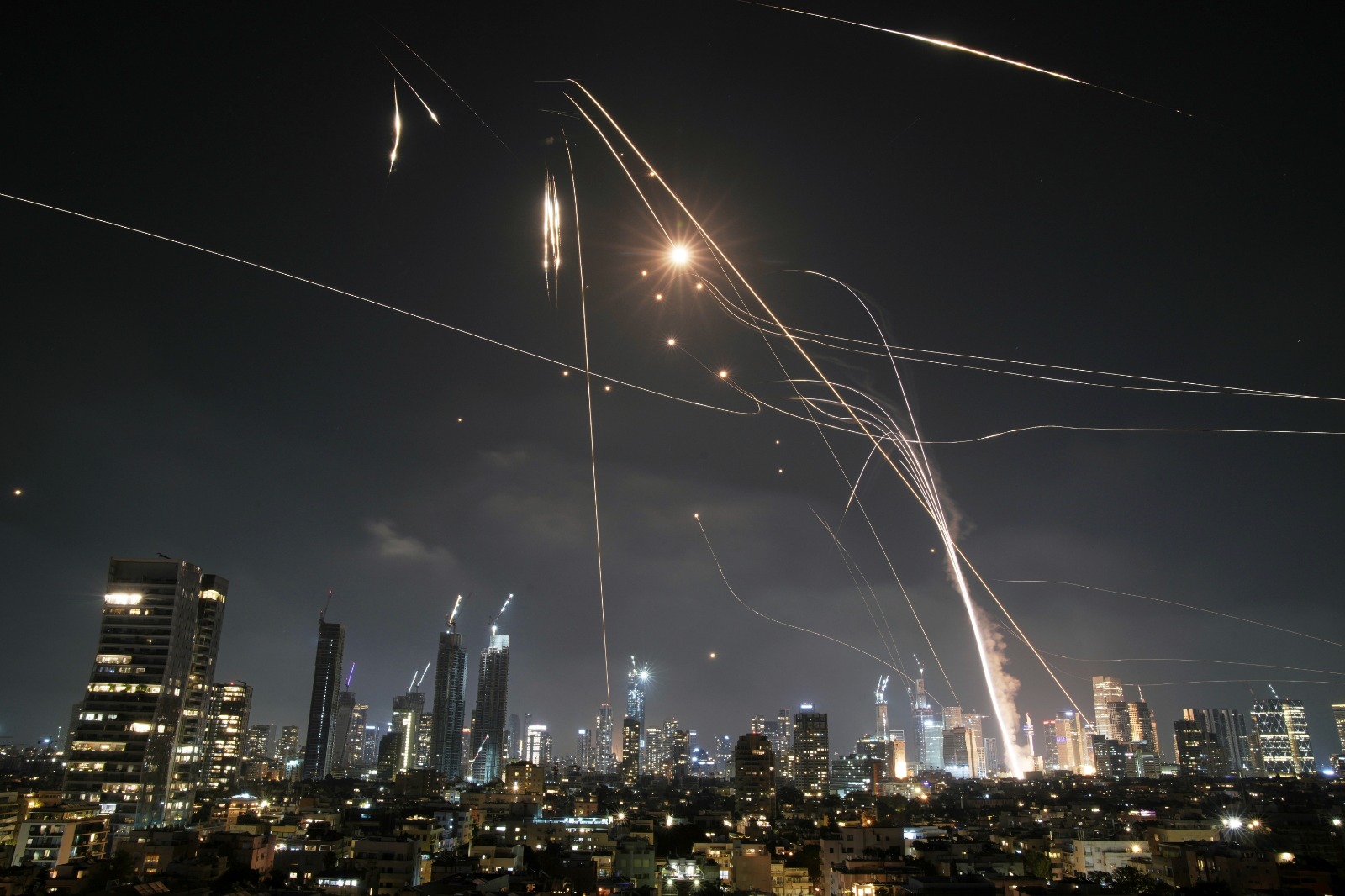
Hidden Goals
According to most analyses, Israel's primary goal in repeatedly targeting Iran is to disrupt its nuclear project, or at least obstruct it at this stage, in preparation for reaching an agreement with the U.S. that would restrict Tehran's nuclear capabilities and prevent it from attaining a nuclear weapon.
However, with the expansion of Israeli strikes and the emergence of signs of weakness in Iran's defense system, which has allowed Israeli aircraft to carry out advanced airstrikes deep inside Iran, it appears that Israeli objectives have evolved beyond the nuclear issue.
Tel Aviv has recently begun focusing on political goals, including destabilizing the Iranian regime by fueling national divisions and encouraging the Iranian people to rise up against its leaders.
This trend was clearly evident in statements by the Israeli Army Minister, who said that the conditions were ripe for a popular uprising, while the Prime Minister explicitly called on Iranians to demonstrate to overthrow the regime.
Through escalation with Tehran, Tel Aviv aims to exploit the situation to impose its conditions on the Gaza Strip file and achieve the greatest possible gains at the negotiating table, which ultimately leads to engineering a new Middle East that suits the American approach and the Israeli compass.

In turn, political analyst Ibrahim Khatib explained to Al-Estiklal that “the unprecedented Israeli attack on several targets inside Iran—in terms of its accuracy, scope, and results—represents a dangerous turning point in the pattern of conflict between Tel Aviv and Tehran.”
“This unprecedented escalation has transcended the traditional calculations that governed the conflict between the two sides, raising concerns about the possibility of a large-scale regional war,” he added.
“The Israeli attack on Iran was neither a surprise nor a unilateral act, as official accounts suggested. Rather, it came as part of preemptive military coordination that included American logistical and security support,” Mr. Khatib said.
“While Washington continues to claim to be pursuing a diplomatic path, the facts reveal a disturbing duality that could open the door to a broader regional escalation that goes beyond the Iranian-Israeli confrontation,” he noted.
Sources
- Israel-Iran war live: Third day of escalation, new strikes and air raids
- Israel ‘not pausing for a moment’ as fresh blasts rock Tehran
- Israel strikes Iran's nuclear sites, kills military chiefs and scientists
- Explosions and Buzzing Drones Heard as Israel and Iran Exchange New Wave of Attacks
- Exclusive: US quietly sent hundreds of Hellfire missiles to Israel before Iran attack


